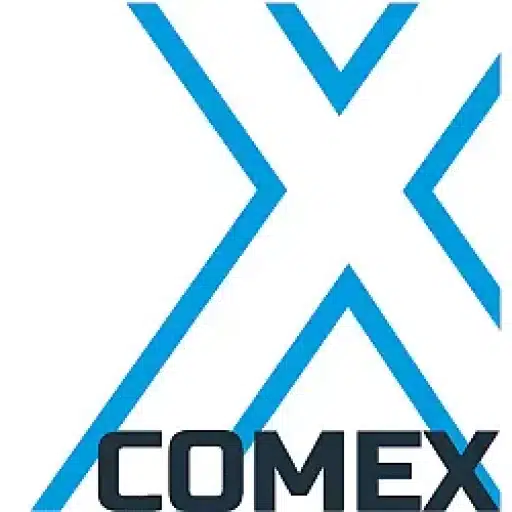+31 (0)43 30 88 400 | office@comex.eu

Archive from analog to digital: here’s how it works best.
It still exists: huge halls full of paper archival files. We recently visited one such archival service and found as many as 8 million file folders there. Paper. You would think that everything is digital these days, but nothing could be further from the truth. Especially since these are archives, which are often barely addressed, this paper archive remains in place.
Scan-on-demand
Only at the point when a client calls on one of the records will it be scanned, if necessary. This creates a combination of paper and digital archives. The records department has software to manage the archive. Is a record available digitally? Then it is easy to recall. Not digital? Then the record is digitized by an employee of the records department: scan-on-demand. In fact, the customer notices little difference in the retrieval of records, only that an analog document takes a little longer to deliver because it simply has to be scanned.
Combination
Thus, the digital and paper archives are combined and the balance is slowly but surely shifting more and more toward digital. As soon as a record is digitized, the paper version can be destroyed after a few months, unless they are heritage records that have historical value. The archive is getting smaller and smaller, requiring less and less space. The old archive data are available at an increasingly rapid rate. New archive data are, of course, immediately written out digitally.
Storage
Important is proper storage of all this digital data. Silent Bricks make it possible to properly segregate data so that an organization always has its own digital archive with the records department. It is always good to have your own copy archive on site, and with a digital archive it is easy to do so. The advantage is that an on-site archive has a faster connection. New digital records are added by the records department and automatically copied into the copy archive.
Want to know more? Please inquire about the possibilities! We are happy to tell you all about it.

